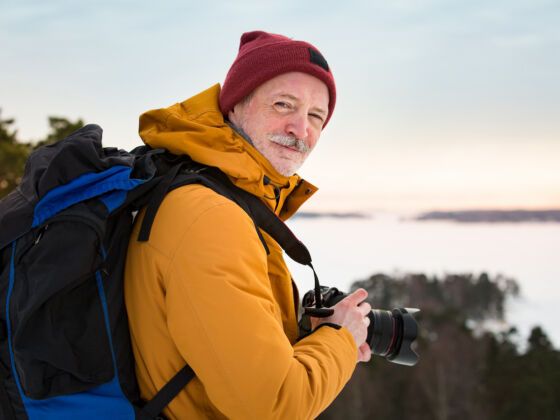Plastic bag
When your camera is exposed to the cold and is brought into a heated environment, the result is immediate condensation. Wrap your camera and lenses in Ziploc bags, trapping the colder air inside, then unwrap them once you’ve been inside for a few minutes. If you’re on a shoot that requires going in and out, exposing your gear to cold and warmth alternately, allow for a few minutes each time so your gear can adjust.
